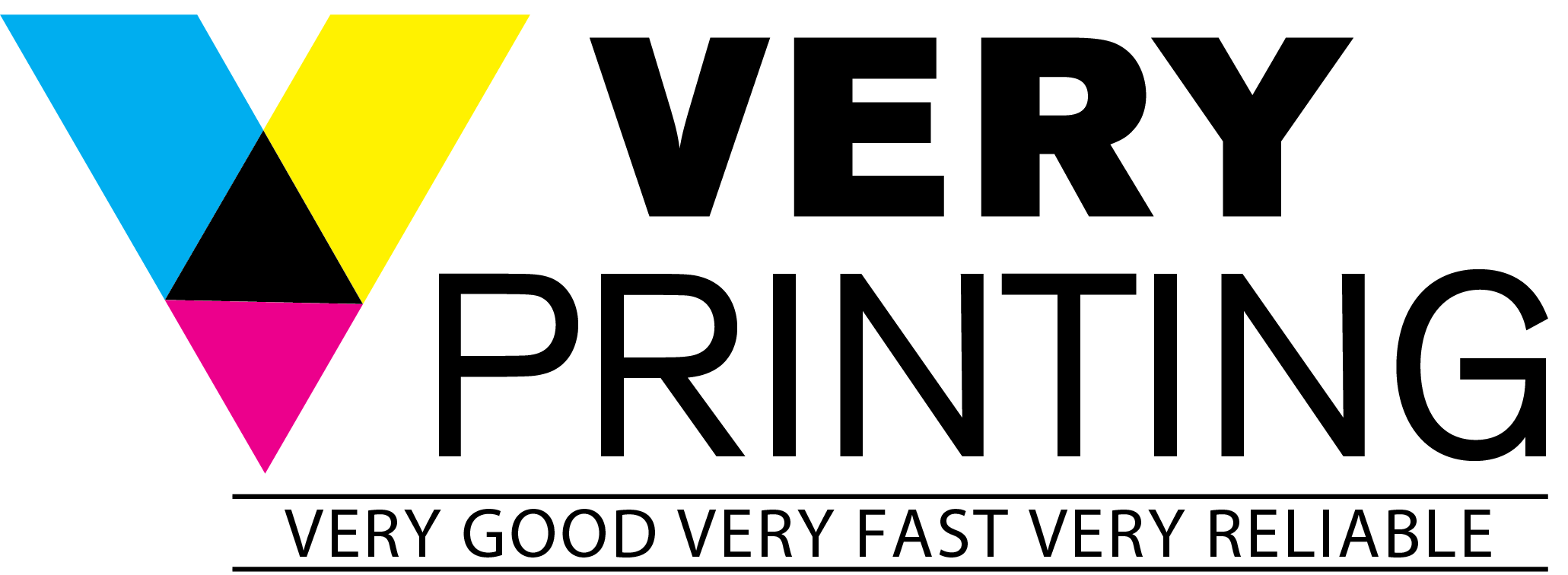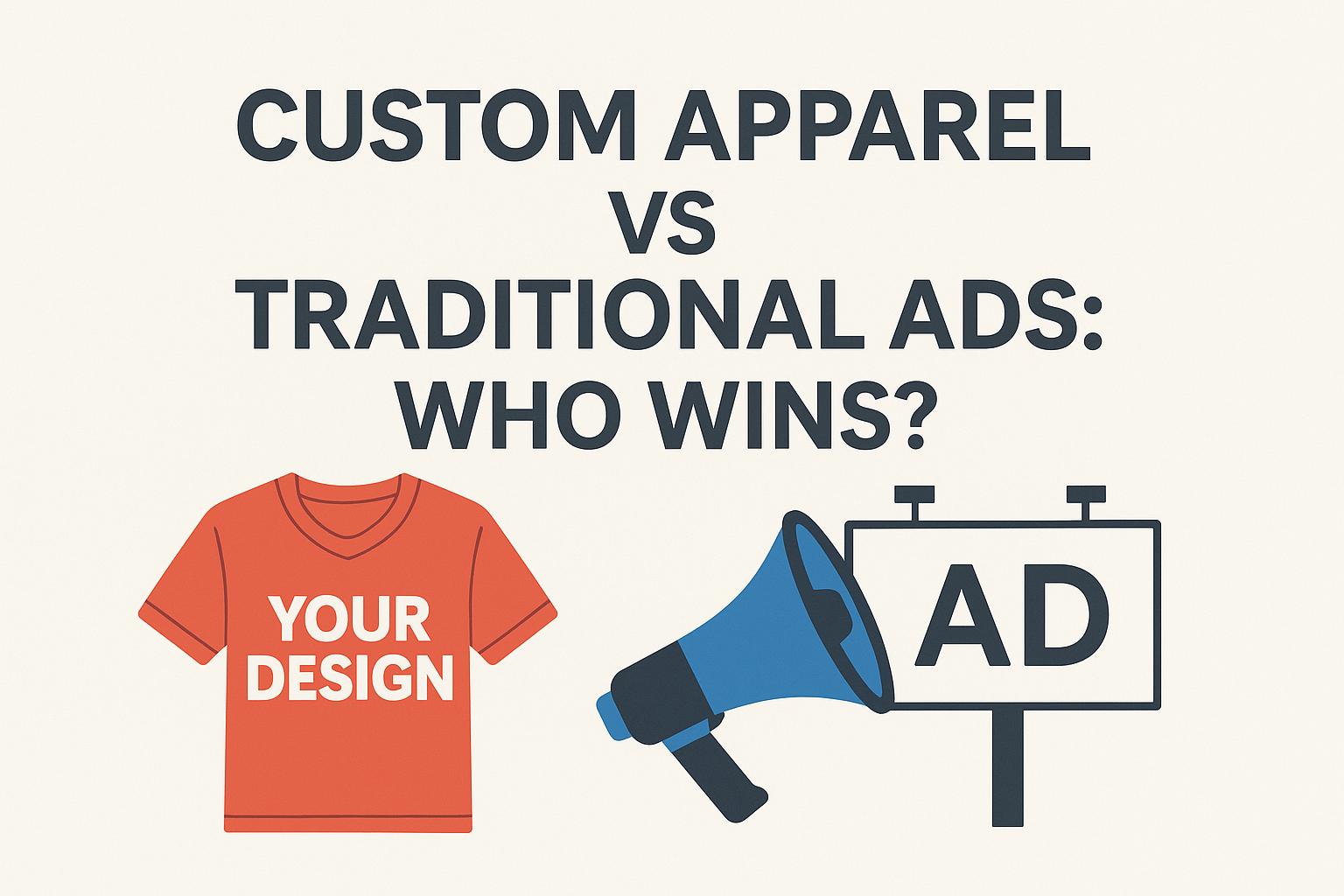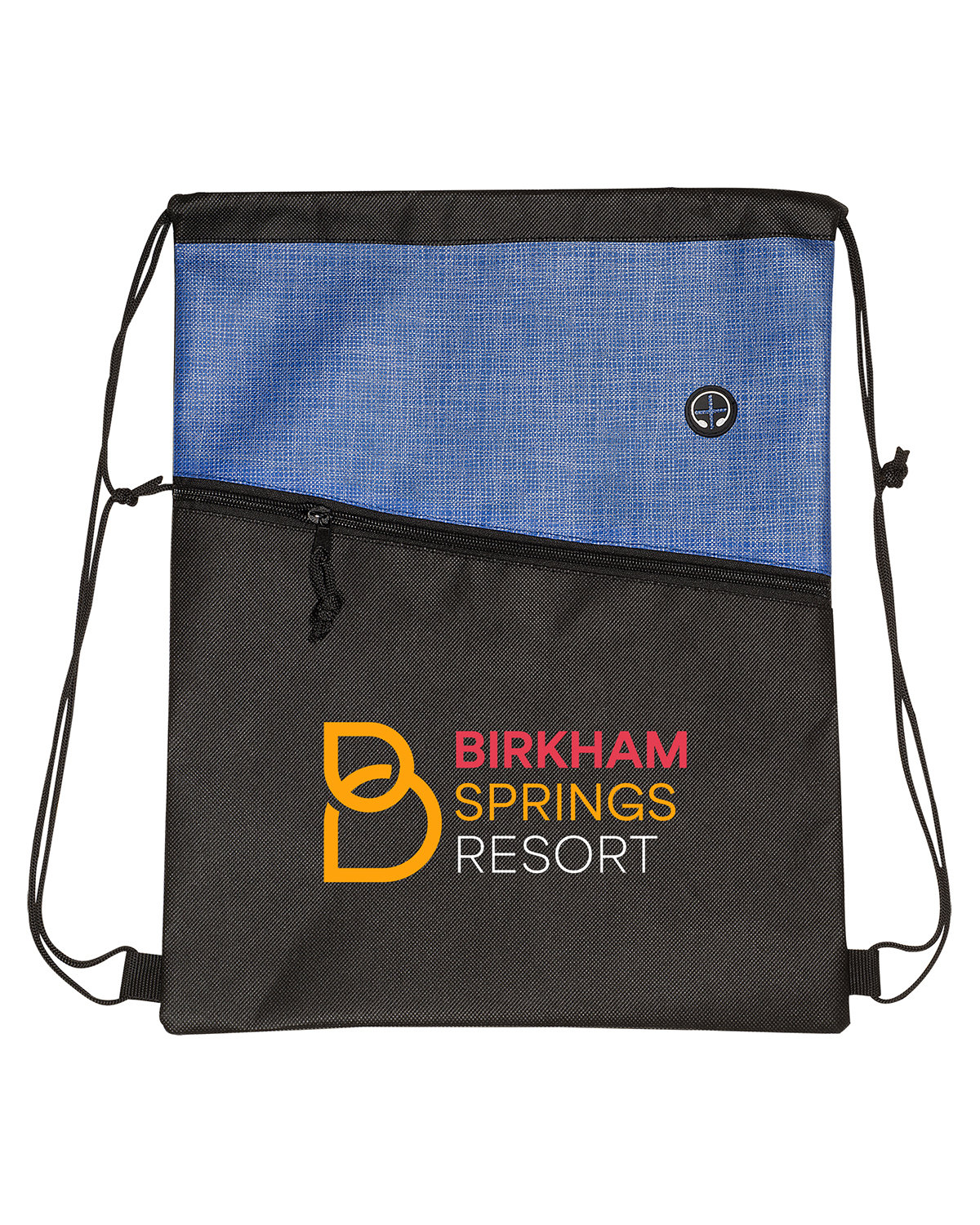In today’s fast-moving market, brands are constantly seeking the most effective ways to get their message across. From social media ads to billboards and everything in between, marketing choices are endless. But one standout trend has been gaining momentum: custom apparel. When stacked against traditional ads, custom-branded clothing offers a fresh, personal, and surprisingly measurable way to market your brand. So, who really wins in the battle of custom apparel vs traditional ads? Let’s break it down.
Cost Breakdown Over Time
Upfront Investment
Traditional ads often demand a significant upfront budget. A single billboard ad in a busy metro area can cost anywhere from $1,500 to $30,000 per month. Meanwhile, a 30-second TV spot might range between $5,000 and $100,000 depending on placement. These ads are powerful but short-lived.
Custom apparel, on the other hand, requires a modest initial investment. A batch of 100 high-quality branded t-shirts might cost you around $700-$1,000, depending on the design and material. That averages just $7-$10 per shirt.
Longevity and ROI
Traditional ads often have a defined run time. A campaign might last for a few days, weeks, or months, after which the impact starts to fade unless you pay for a renewal.
In contrast, a well-made piece of custom apparel can be worn for years. Each time a customer or employee wears your shirt, hoodie, or backpack, they essentially become a walking billboard—one that doesn’t require monthly payments. The return on investment continues to grow over time.
Actionable Tip:
- If you’re working with a tight budget, consider starting with a small batch of custom apparel and distribute them at key events or to loyal customers. Track the results via QR codes or custom URLs printed on the fabric.
Apparel as Mobile Advertising
Unlimited Impressions
When someone wears your branded clothing, they expose your brand to dozens, if not hundreds, of people every day. Whether they’re at the grocery store, on a college campus, or attending an event, your logo is out in the world—constantly.
This is a key area where custom apparel vs traditional ads reveals a major advantage for apparel. With traditional media, exposure is limited to time slots or physical locations. A shirt, on the other hand, travels everywhere its wearer goes.
Example:
A startup distributed 500 branded t-shirts during a university event. Over the next 6 months, those shirts were worn repeatedly, generating an estimated 150,000+ impressions based on daily wear and average foot traffic data. Cost per impression? Less than $0.01.
Actionable Tip:
- Design apparel that people want to wear. Focus on comfort, stylish graphics, and subtle branding to increase the chances of repeat use.
Engagement Metrics You Can Actually Track
One of the main critiques of traditional advertising is the difficulty in tracking real engagement. Yes, you can measure clicks and views on digital ads, but how do you track whether a TV commercial led to a sale?
Custom apparel, surprisingly, offers several ways to measure performance:
Trackable Tools:
- QR Codes: Add QR codes to shirt sleeves or tags that direct to a custom landing page.
- Promo Codes: Print exclusive discount codes on apparel and monitor their usage.
- Hashtags: Encourage wearers to post photos using branded hashtags.
These tools turn passive apparel wear into active engagement. You’re not just creating visibility—you’re generating interaction and collecting data.
Actionable Tip:
- Combine apparel with a social media challenge. For example: “Wear our tee, tag us, and win a gift card.” Track every post and hashtag mention to analyze reach and engagement.
Real Feedback from Customers Who Wear It
Traditional advertising rarely invites a dialogue. It’s a one-way street where brands speak and audiences (hopefully) listen. In contrast, custom apparel opens the door for real conversations and feedback.
When customers wear your gear, they feel a closer connection to your brand. They become ambassadors. This opens up opportunities for direct feedback about:
- Design preferences
- Comfort and quality
- Emotional connection to your brand
Case Study:
A local coffee shop handed out branded hoodies to their most loyal customers. Within weeks, the shop received dozens of tagged Instagram posts, 5-star reviews mentioning the apparel, and even requests to buy the hoodies outright. The apparel didn’t just promote the brand; it deepened customer loyalty.
Actionable Tip:
- Treat custom apparel as part of your customer service strategy. Include a short survey with each item and offer a discount code for completed feedback.
So, Who Really Wins?
When comparing custom apparel vs traditional ads, it becomes clear that apparel offers unique advantages:
- Long-term exposure
- Higher engagement potential
- Lower cost-per-impression
- Trackable results
- Stronger customer connection
That doesn’t mean traditional ads are obsolete. They still play an important role in mass media campaigns and brand awareness. However, if you’re looking for cost-effective, grassroots-level marketing that builds trust and loyalty, custom apparel is the clear winner.
Final Thoughts
Marketing isn’t just about reaching people—it’s about making a lasting impression. Traditional advertising may reach more eyes in a shorter time, but custom apparel reaches hearts and wardrobes, building long-term brand love. By combining both strategies, businesses can maximize visibility and engagement.
Custom apparel vs traditional ads isn’t a question of either-or; it’s about knowing when and how to use each. For community-driven, cost-conscious, and creatively powerful promotion, apparel takes the lead.




